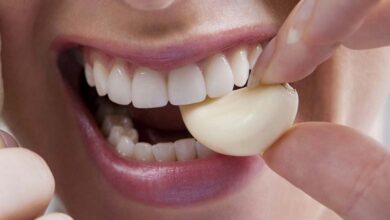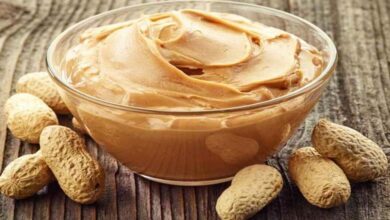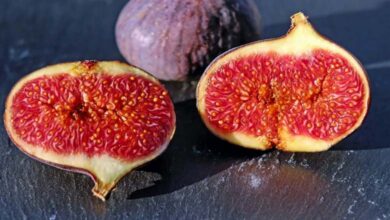Physical activity may decrease the growth of cancer

Proteins produced by the muscles during physical activity could inhibit the development of prostate cancer cells and therefore slow the progression of the disease, suggests a study in which a Montreal researcher participated.
The same phenomenon could apply to other types of cancer, said Dr. Fred Saad, who heads the urology department at the University of Montreal Hospital Center. “Everything suggests that it’s not at all unique to prostate cancer,” he said. Dr Saad and his colleagues at Australia’s Edith Cowan University recruited nine patients with a very advanced and very aggressive form of prostate cancer, whom they asked to undergo 34 minutes of intense training on a stationary bike. Blood tests taken before and after the exercise session revealed to the researchers that the blood of the subjects, after training, contained high concentrations of myokines, proteins that are produced by skeletal muscles. When these myokines were put in the presence of prostate cancer cells in the laboratory, the growth of the latter was reduced by about 17%.
Blood levels of myokines and anti-cancer activity returned to normal after 30 minutes. “We’ve identified things in the blood that are really anti-cancer,” Dr. Saad said. So, beyond all the quality of life, beyond everything we thought we understood, we begin to find that it acts almost like an anti-cancer drug. And that is really fascinating. The conclusions of this study are in line with other work in which Dr. Saad has previously been involved, which seemed to show that prostate cancer may progress less rapidly in patients who train and who are in good health. fitness. In other words, he says, being in good physical shape probably maximizes the chances of preventing a prostate cancer that we’re just monitoring for the moment from becoming a disease that needs to be treated more aggressively. And if treatment ever becomes necessary, Dr. Saad continues, patients who are fit will be better able to tolerate it.
“It’s not easy to tolerate chemotherapy, to tolerate certain treatments, and patients who are really out of shape, unfortunately, often don’t get the maximum treatment because their shape doesn’t allow it,” said he pointed out. The optimal dose of exercise to fight cancer is not yet known. One of the study’s Australian authors, Professor Rob Newton, however, said in a statement that it probably takes at least twenty minutes a day, incorporating resistance exercises to build muscle and stimulate myokine production, to to maintain a “chemical environment” in the body conducive to the suppression of cancer. Prostate cancer patients, Dr. Saad concludes, are mostly older men who weren’t used to keeping fit. It is therefore possible that the benefits of physical activity are partly attributable to the fact that they start from further away. It should now be checked whether myokines have the same effect in the face of cancer in a 25-year-old who is already in great shape.












